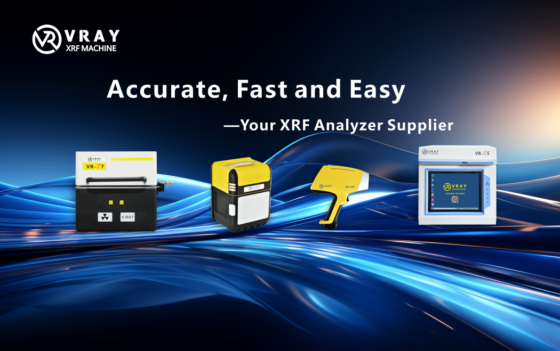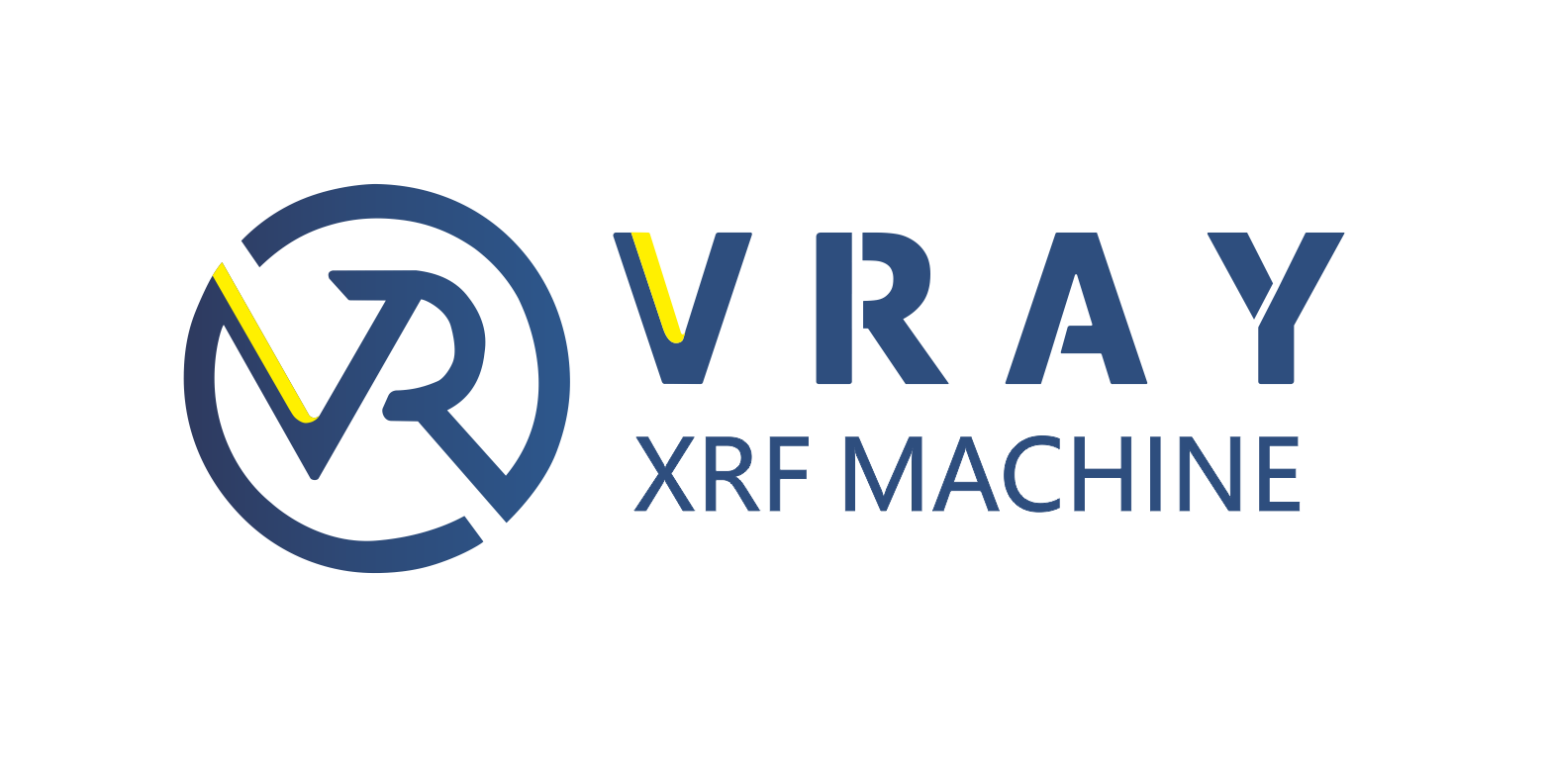Quelle est la précision du testeur XRF Gold?

Lorsqu’il s’agit de tester la pureté et la composition de l’or, La précision est primordiale, Surtout pour les industries comme la bijouterie, finance, et fabrication. Parmi les outils les plus largement utilisés pour cette tâche figure le XRF (Fluorescence des rayons X) testeur d’or. Mais quelle est sa précision, vraiment? Dans cet article, nous explorerons la précision des testeurs XRF Gold et les facteurs qui contribuent à leur fiabilité.
Qu’est-ce qu’un testeur XRF Gold?
Un testeur d’or XRF utilise la technologie de fluorescence X pour analyser la composition des métaux, y compris l’or, en détectant les niveaux d’énergie uniques émis par différents éléments lorsqu’ils sont exposés aux rayons X. Cette méthode de contrôle non destructif permet d’obtenir des résultats rapides et fiables sans endommager l’échantillon.
Niveaux de précision des testeurs XRF Gold
La précision d’un analyseur XRF dépend de plusieurs facteurs, y compris le modèle du testeur, la qualité de l’échantillon, et étalonnage. Modèles haut de gamme tels que le VR-T5, VR-T6, et les analyseurs XRF VR-T7, Souvent utilisé dans l’industrie des métaux précieux, peut atteindre un niveau de précision aussi élevé que 0.01%.
Les analyseurs XRF sont particulièrement précis pour l’or à carats supérieurs (tels que 22K ou 24K), où il y a moins de variation dans la composition de l’alliage. Pour l’or à faible carat ou les articles contenant des métaux mélangés, Il peut y avoir de légères variations dans les lectures, mais les testeurs XRF modernes sont calibrés pour minimiser ces écarts.
Facteurs influençant la précision
1. Surface et préparation de l’échantillon
L’état de l’échantillon d’or testé joue un rôle important dans la précision. Par exemple, si la surface est sale ou oxydée, les relevés pourraient être affectés. Certains analyseurs XRF sont équipés de fonctions permettant de s’adapter à cela, Mais une bonne préparation de l’échantillon, comme le nettoyage de la surface, peut améliorer la précision.
2. Étalonnage
Un testeur XRF Gold nécessite un étalonnage périodique à l’aide d’étalons de référence pour maintenir la précision. Cela garantit que les relevés sont cohérents et fiables. Les analyseurs XRF les plus modernes, tels que le VR-X3 ou le VR-X5, Livré avec un logiciel pré-calibré qui s’adapte automatiquement au type d’échantillon, Garantir une erreur humaine minimale.
3. Limites de détection
Un autre aspect qui influence la précision est la limite de détection de l’analyseur XRF. Modèles avec détecteurs avancés, comme le VR-T7 avec un détecteur Fast-SDD, Peut détecter même des traces d’éléments, ce qui les rend très précis. Toutefois, La présence d’éléments en très petites quantités peut parfois défier même les meilleurs détecteurs, bien que cela n’affecte généralement que les lectures de concentration extrêmement faibles.
4. Profondeur de test
Les analyseurs XRF mesurent la composition de la couche superficielle du matériau. Pour les articles en plaqué or ou les bijoux avec revêtements, Les résultats ne refléteront que la composition de la surface. Pour atténuer ce phénomène, certains modèles comme l’analyseur d’épaisseur de revêtement VR-XAU peuvent mesurer à la fois le revêtement de surface et le matériau sous-jacent, fournir une évaluation plus précise de la composition globale.
Précision réelle des testeurs XRF Gold
Pratiquement, la plupart des testeurs d’or XRF sont suffisamment précis pour la plupart des applications commerciales et industrielles. Jewelers, prêteurs sur gages, et les raffineries leur font confiance pour vérifier la pureté de l’or, et ils sont considérés comme suffisamment fiables pour déterminer la valeur de l’or dans le commerce et l’investissement.
Conclusion
Les testeurs d’or XRF sont parmi les outils d’analyse de l’or les plus précis et les plus fiables du marché. Leur, rapide, et leurs capacités de test précises en font les favoris de l’industrie. Alors que la précision de tout testeur d’or dépend de plusieurs facteurs, y compris la préparation des échantillons, étalonnage, et le modèle du testeur, Les analyseurs XRF modernes sont capables de fournir des résultats très fiables, Garantir la confiance dans le processus d’analyse de l’or.
Si vous êtes à la recherche d’un testeur d’or ou si vous en utilisez déjà un, Les instruments VRAY offrent un équilibre entre vitesse, précision, et facilité d’utilisation, s’assurer que votre analyse de l’or est aussi précise que possible.
 VRAY Instrument Limitée
VRAY Instrument Limitée